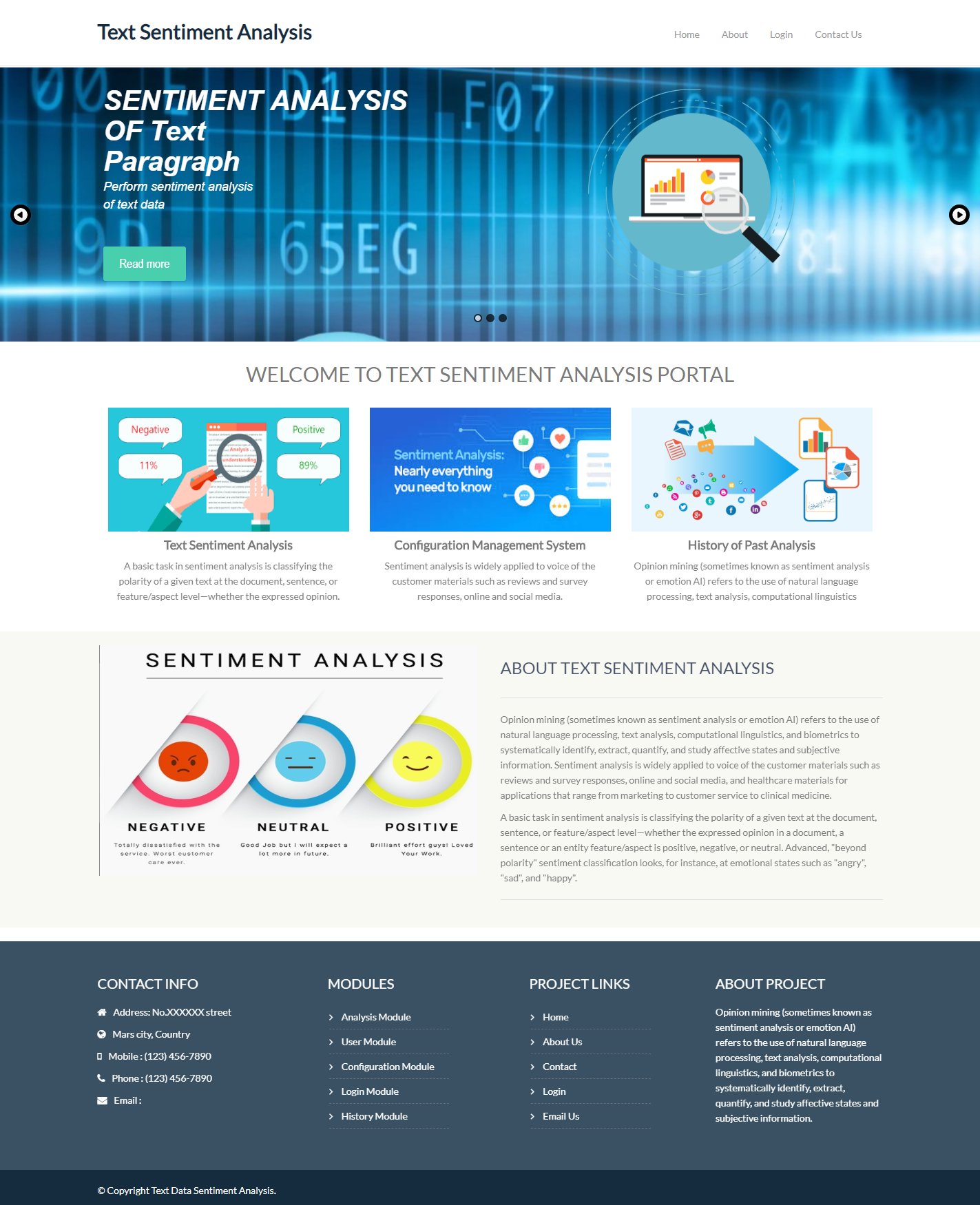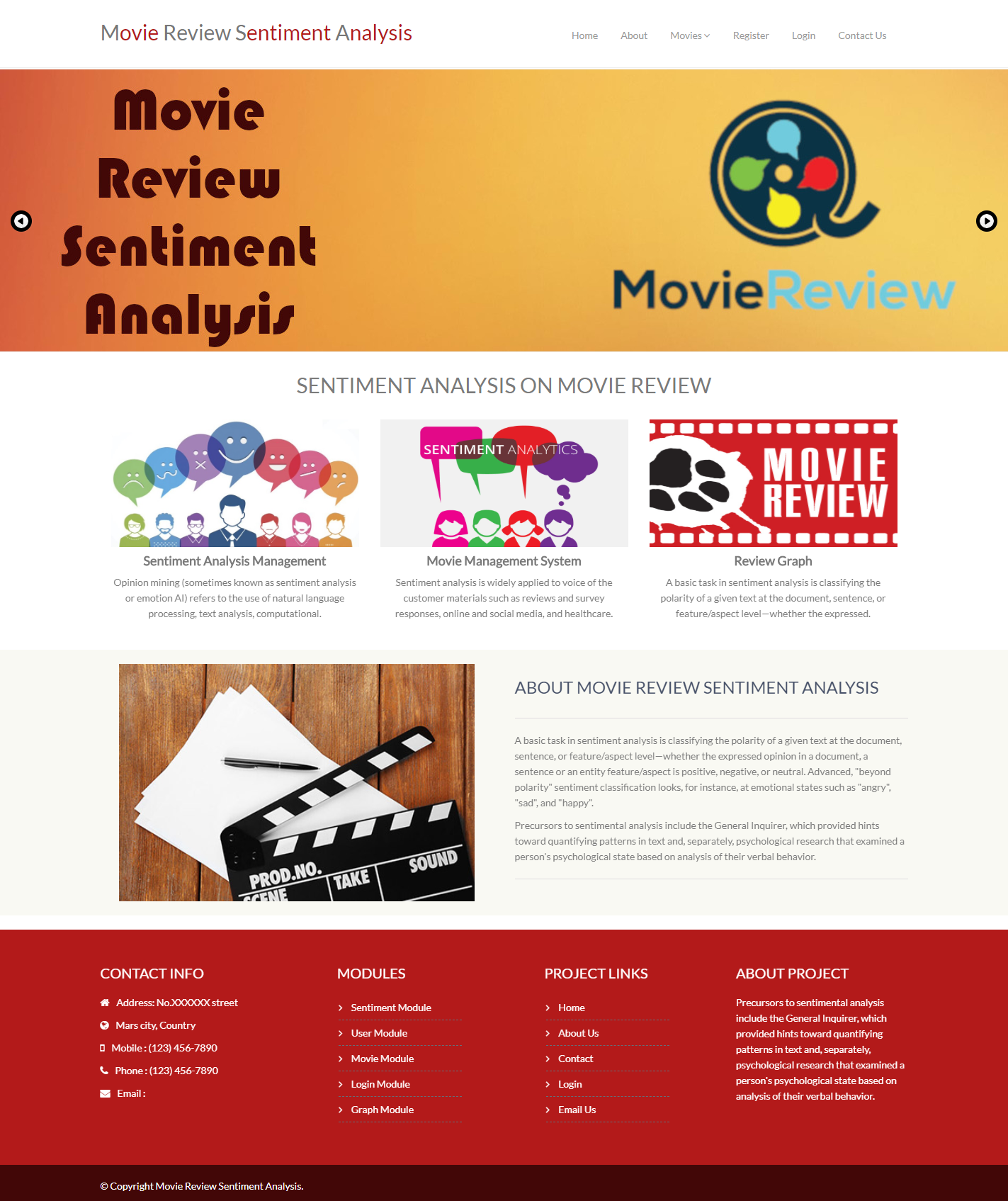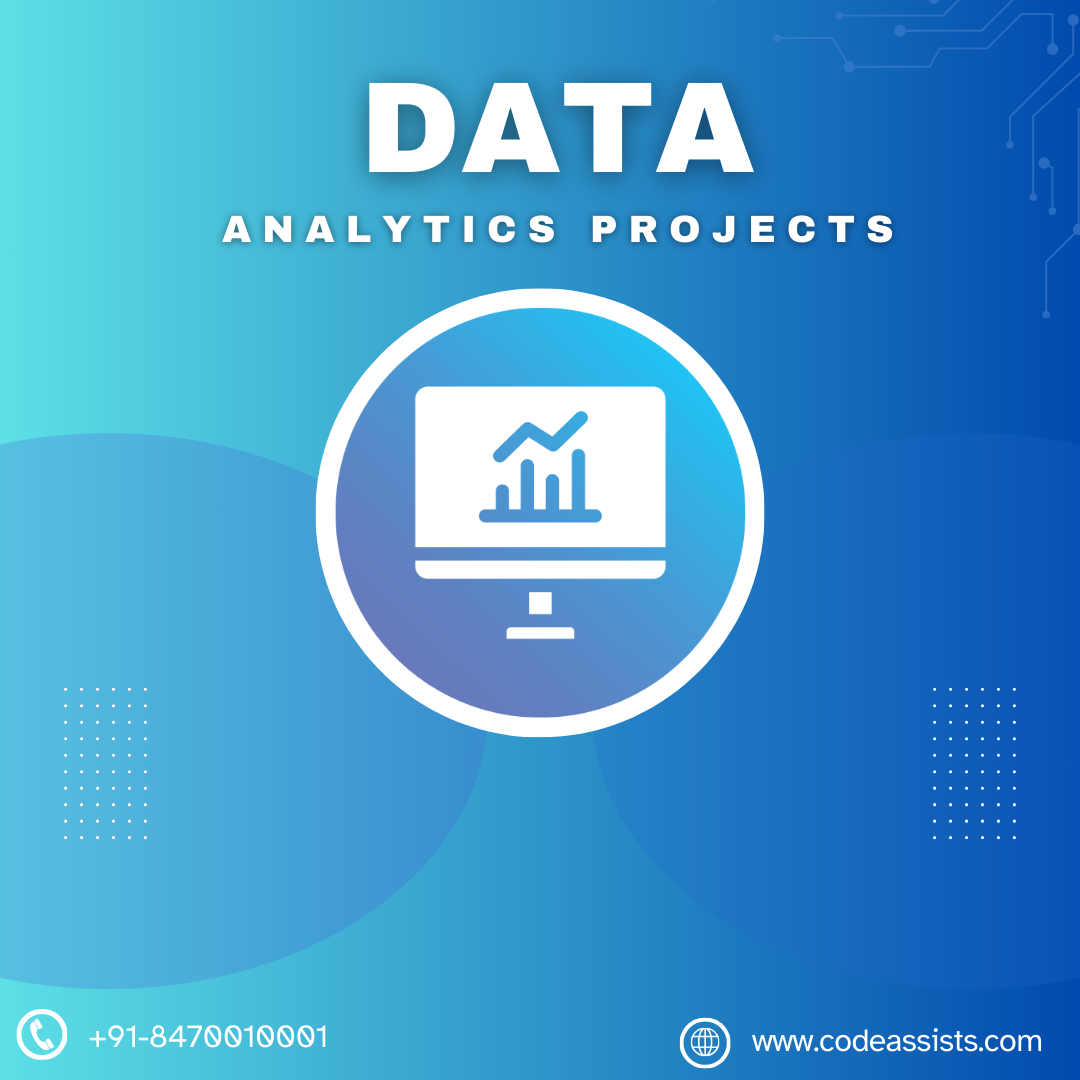Description
Python Sentiment Analysis for Text Analytics
Sentiment analysis is commonly used to determine whether the hidden expressions and meanings in a data format are neutral, positive, or negative. When analyzing unstructured text data using text analytics, the goal is to extract relevant information and transform the data into meaningful insights for business intelligence. By performing sentiment analysis for text analytics, the underlying meaning and expression of the text data are categorized as positive, negative, or neutral, and then translated into structured data format.
When conducting sentiment analysis on unstructured data, valuable information is obtained for text analytics processes, as well as insights into the emotions underlying the data. By utilizing sentiment analysis in text analytics, we can identify the prevailing themes in text databases, along with their implications for the general audience. For example, a restaurant owner can quickly identify negative customer feedback by analyzing the sentiment of text data, which can impact sales. This emotional analysis from text analytics data can provide valuable insights.
Sentiment analysis for text analytics can also be used for competitor analysis. By analyzing why consumers choose a competitor’s product over ours, we can gain valuable insights. This approach can provide real-time reports on product sales and consumer behavior, which can be beneficial for decision-making at the management level.
Static Pages and Other Sections:
The following static pages will be available in the project Sentiment Analysis for Text Analytics:
- Home Page with a user-friendly interface
- An animated slider for images on the Home Page banner
- About Us page describing the project
- Contact Us page for communication
Technology Used in the Project Sentiment Analysis for Text Analytics
This project has been developed using the following technologies:
- HTML: Page layout design
- CSS: Styling and design
- JavaScript: Validation and animations
- Python: Business logic implementation
- MySQL: Database management
- Django: Framework for development
- Python Libraries: numpy, nltk, pyparsing, PySocks
Supported Operating Systems
This project can be configured on the following operating systems:
- Windows: Easily configured on Windows with Python 3, PIP, and Django installed
- Linux: Compatible with all versions of Linux
- Mac: Can be configured on Mac operating systems






































